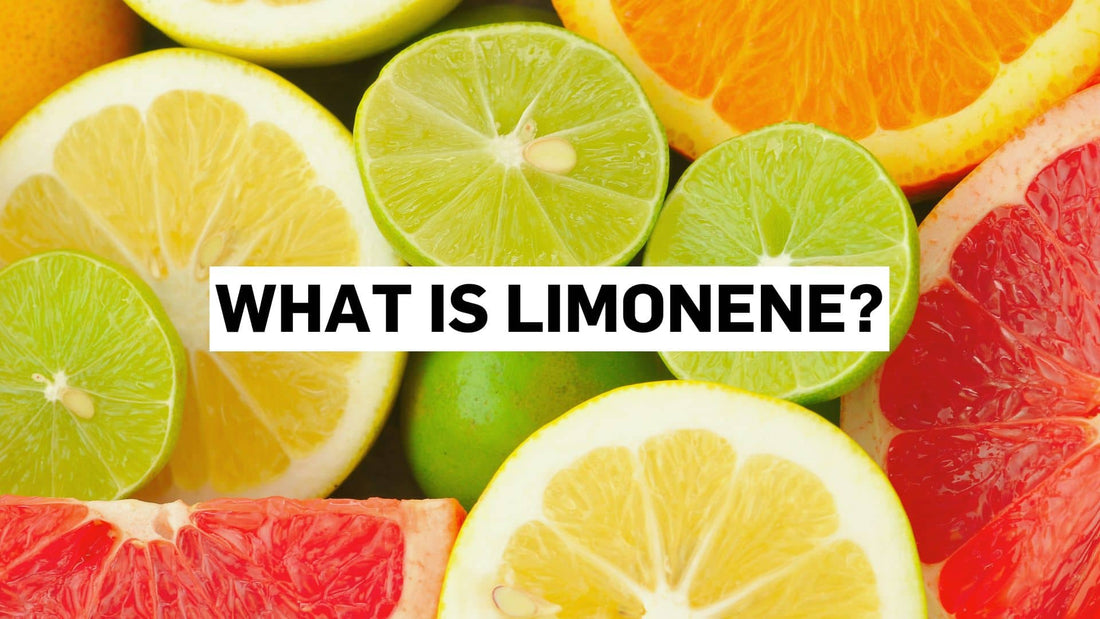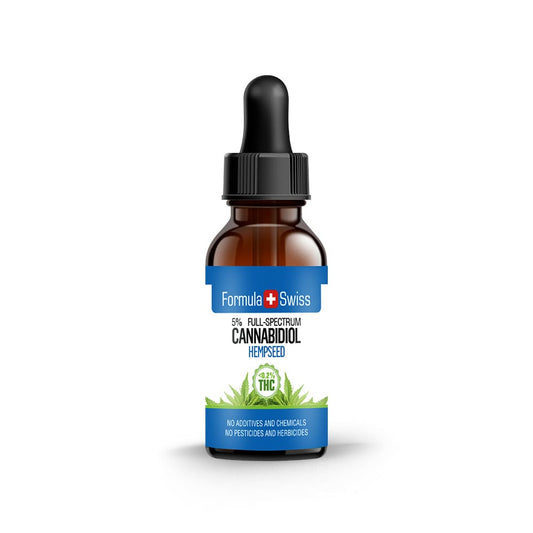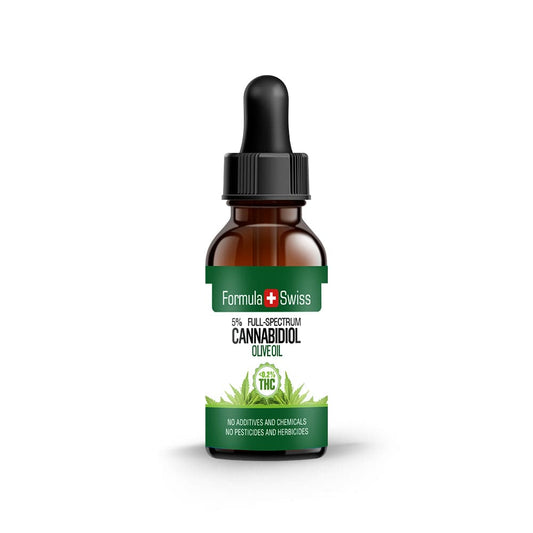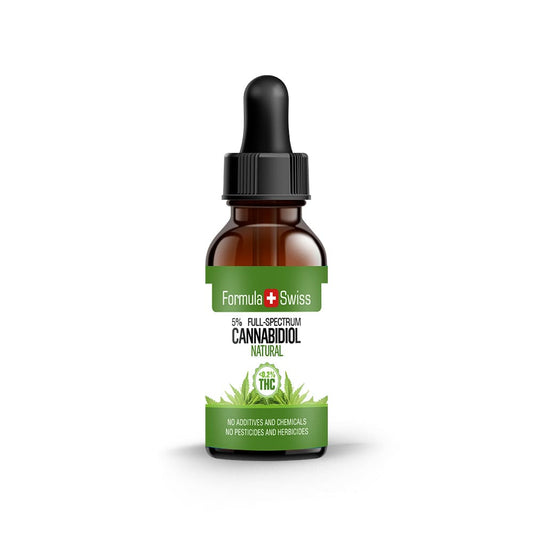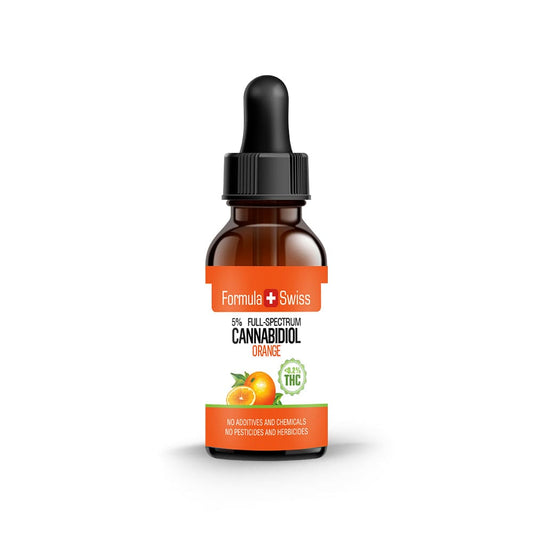The refreshing fragrance of citrus fruits like lemons, limes, oranges, and grapefruits comes from a natural compound called limonene. Present in the oils of many plants, limonene is commonly used to bring a bright, fruity scent to perfumes, household cleaners, and cosmetic products.
With more than ten years of practical experience in the cannabis and hemp field, including work on CBD product development and terpene profiling, I’ve developed a deep appreciation for the compounds that make these plants unique. Terpenes stand out in particular, as they shape the distinct aromas and flavors of plants and play an important role in how people and animals experience them.
In this article, I will focus on limonene—what it looks like as a chemical, where it comes from, how it affects people and animals, and how it’s used in different products. I’ll also talk about why learning about limonene is important for those of us interested in cannabis, hemp, and plant science
Prefer watching over reading? This video covers the key points from the article:
Save up to 30% when you order your CBD oil today
Key Takeaways
- Limonene is a widely occurring terpene known for its strong citrus aroma.
- It is found in the essential oils of citrus fruits and several other plants.
- Limonene is commonly used in fragrances, cleaning agents, and cosmetics.
- It is one of the major terpenes present in certain cannabis strains.
- Interest in limonene has increased due to its potential functional properties.
This article is provided for informational purposes only and does not relate to any of the products available in our webshop. For more information, please see our full disclaimer.
What Are Terpenes?
Terpenes are a large group of organic compounds that occur naturally in many plants and even in some animals. They are most widely recognized for producing the diverse range of scents and aromas we associate with the natural world.
For instance, the crisp scent of pine trees is due to a terpene known as pinene, while the soothing fragrance of lavender comes from linalool.
Within plants, terpenes play different roles, such as drawing in pollinators or serving as a natural defense against predators. These aromatic elements shape the unique character of many botanicals, influencing not only their fragrance but also how they interact with their surroundings.
Brief Overview of Limonene
Limonene is one particular type of terpene that is commonly found in citrus fruits like lemon, lime or oranges, but also occurs naturally in several other plant species such as juniper berries, celery, mint, fennel, thyme or cypress trees. It is a colorless liquid that has been used in various products for its characteristic citrus scent.
Limonene is found in cleaning products, deodorant, shampoo, air fresheners, and even in flea and tick repellent for pets. Additionally, it is used as a flavoring agent for food and beverages.

Limonene is classified as a cyclic hydrocarbon, which means it contains both carbon and hydrogen atoms arranged in a ring structure. Its chemical formula is C10H16, which makes it easily soluble in oils or fats but not water.
Order and enjoy up to 30% off your CBD oil purchase
Importance of Studying Limonene
Limonene is a naturally occurring compound widely recognized for its role in many commercial products, especially within the fragrance and cleaning sectors.
Its fresh scent and effective solvent qualities make it a common ingredient in different formulations, underscoring the importance of understanding its characteristics and practical uses.
Looking at the sources and extraction methods of limonene also carries environmental importance. The way it is obtained can affect sustainability efforts, encouraging further study into eco-friendly production approaches.
Research into limonene also adds to the broader study of terpenes as a group of compounds. By learning more about limonene’s properties, researchers can better understand how terpenes function in natural settings as well as in commercial applications, supporting progress across a range of industries.
Chemical Structure and Properties of Limonene
Limonene is a naturally occurring terpene that belongs to the class of cyclic monoterpenes. Monoterpenes are a group of organic compounds that are commonly found in plants and have a characteristic chemical formula of C10H16.
They are composed of two isoprene units connected head-to-tail, and limonene has the molecular formula C10H16 with a molar mass of 136.24 g/mol. The structure of limonene consists of two chiral centres, which makes it optically active, meaning that it can rotate plane-polarized light.

According to research published in the journal Environmental Science & Technology, the molecule has two enantiomers, (R)-limonene and (S)-limonene, which have the same chemical formula but different spatial arrangements of atoms. (R)-Limonene is more commonly found in nature than its counterpart.
Limonene is a clear liquid with a strong citrus aroma and taste. It has low solubility in water but dissolves readily in organic solvents such as ethanol or hexane.
Sources of Limonene in Nature
Limonene is found naturally in many plant species, including citrus fruits (lemons, oranges), peppermint, rosemary, juniper berries, fennel seeds, coriander seeds, and pine needles. It is most abundant in the essential oils extracted from citrus peels. In plants, limonene serves several functions, such as attracting pollinators or repelling herbivores.
A 2021 scientific research published in the Journal of Horticultural Sciences shows that high concentration of limonene in citrus fruits also acts as an antimicrobial agent by inhibiting the growth of bacteria and fungi on the fruit's surface.
Apart from its widespread presence in plants, limonene can also be found in some insects and animals, such as ants or the red fox.
Order CBD oil now and save as much as 30%
Extraction Methods of Limonene
Limonene essential oil is usually extracted from citrus peels through methods such as cold pressing, steam distillation, or solvent extraction. Cold pressing works by mechanically pressing the peel to release the oil, while steam distillation heats the peel and captures the oil vapor.
Solvent extraction relies on chemicals like hexane to dissolve limonene and other aromatic compounds from the peel. The method chosen often depends on factors such as cost, yield, and purity.
Cold pressing and steam distillation are generally seen as more environmentally friendly since they do not require chemical solvents. Solvent extraction, on the other hand, typically produces a higher concentration of limonene compared to the other methods.
Beyond essential oils, limonene can also be produced through chemical synthesis or fermentation with microorganisms like yeasts or bacteria. These approaches are primarily used in industrial applications rather than for food-grade or cosmetic-grade limonene.
Limonene in Cannabis
Beyond its aromatic signature, limonene plays a role in differentiating the sensory appeal of cannabis cultivars.

Aroma Profile and Sensory Attributes
Limonene gives certain cannabis strains a unique citrus smell. It's often compared to lemon, orange, or grapefruit. But just because a strain smells citrusy doesn't mean it has a lot of limonene. You need lab tests to know for sure.
The smell of limonene can change based on the plant's genetics, how it's grown, and how it's processed after harvest. These factors can affect how much limonene is in the final product and how we experience its scent.
Interaction With Other Cannabis Compounds
Limonene is just one of many terpenes in cannabis. It might work together with cannabinoids and other plant parts. This mix can change how the cannabis plant feels and smells.
The exact ways these compounds interact are still being studied. It's important to learn more about how limonene works with other parts of the cannabis plant.
Industrial Uses of Limonene
Limonene is a highly adaptable compound used across many industries because of its fresh aroma and strong solvent properties. It is present in products ranging from household cleaners to personal care items, offering both functional and sensory value.
Fragrance Ingredients in Consumer Products
Recognized for its bright citrus scent, limonene is a popular fragrance ingredient in a wide range of consumer goods. It is frequently added to perfumes, soaps, and other personal care products, where it helps create enjoyable sensory experiences. This natural compound is often chosen for the freshness it brings to everyday formulations.

Solvent for Cleaning Products
Limonene is also valued as a solvent in cleaning solutions. Its ability to dissolve oils effectively, along with its reduced environmental footprint compared to petroleum-based solvents, makes it a common ingredient in degreasers, furniture polishes, and carpet cleaners.
Its use reflects a growing interest in cleaning agents that balance strong performance with more sustainable practices.
Components in Cosmetics and Personal Care Products
In cosmetics and personal care formulations, limonene offers more than fragrance. It also helps ingredients blend smoothly, improving the overall texture and performance of products such as shampoos, lotions, and bath items. This versatility enhances both the feel and aroma of these goods.
Personal Perspective
My work in hemp cultivation and CBD production has given me firsthand insight into how aromatic compounds like terpenes go far beyond adding scent. In my experience, limonene stands out not only for its lively citrus notes but also for how it interacts with other plant compounds to shape the distinct character of hemp varieties.
Through years of research and practical involvement in cultivation, I’ve learned how important it is to truly understand terpenes. Limonene is a great example of how nature builds remarkable complexity into something that may appear simple at first glance.
Whether I’m collaborating with growers to maintain terpene integrity or helping develop new product lines, I’ve consistently seen how knowledge of plant chemistry, especially compounds like limonene, is just as crucial as the practical skills needed in cultivation.
Don’t miss out—save up to 30% when you purchase CBD oil today
Frequently Asked Questions
What is limonene?
Limonene is a naturally occurring aromatic compound, classified as a terpene, found in the rinds of citrus fruits and in various plants.
Where can limonene be found in nature?
It is most commonly found in lemons, limes, oranges, grapefruits, and certain types of cannabis.
What does limonene smell like?
Limonene has a crisp, citrus scent often described as similar to freshly peeled orange or lemon.
How is limonene used in everyday products?
It is frequently used as a fragrance component in perfumes, soaps, shampoos, and household cleaners.
Is limonene found in all cannabis strains?
No, limonene is present in select strains, and its concentration can vary based on plant genetics and cultivation conditions.
What role does limonene play in plants?
In nature, limonene helps plants by contributing to their scent, which may play a role in interactions with insects and other organisms.
How is limonene extracted?
It is typically extracted through processes like cold pressing or steam distillation from citrus rinds or other botanical sources.
Can limonene degrade over time?
Yes, exposure to light, heat, or air can cause limonene to break down, which may affect its aroma and composition.


